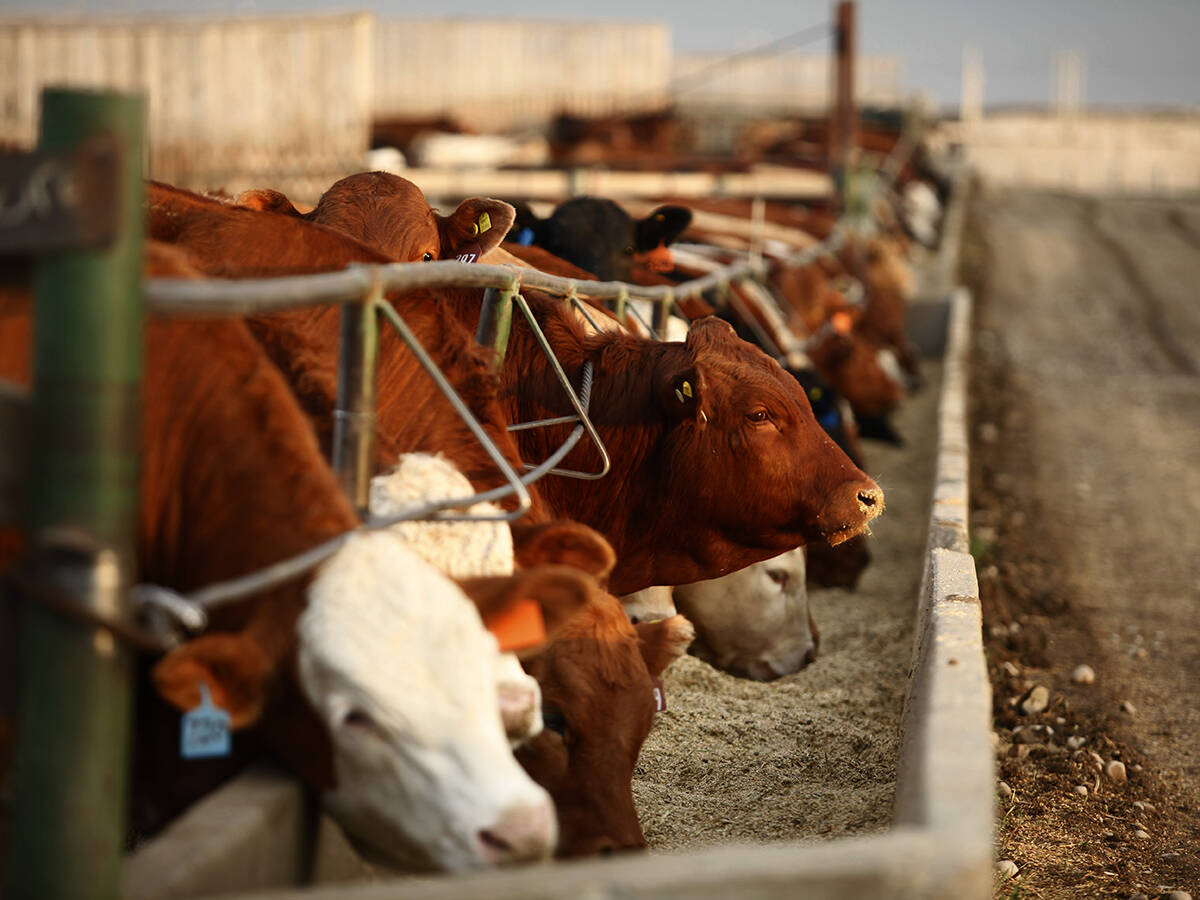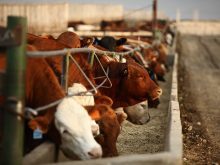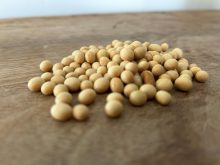U.S. live cattle futures turned higher on Tuesday, lifted by the turnaround in wholesale beef prices that stirred short-covering, said traders and analysts.
Also, fund buying developed after Chicago Mercantile Exchange (CME) December and February broke through the 10-day moving average resistance level of 125.49 and 129.33 cents (all figures US$).
"Most of what we saw had to do with the strength in wholesale beef prices, a sign that maybe beef demand is picking up in the East recovering from recent storms," said Vaught Futures Insights president Dan Vaught.
Read Also

U.S. livestock: Cattle extend gains on improving cash prices, packer demand
Reuters — Chicago Mercantile Exchange live cattle futures set a three-week high and feeder cattle hit their highest level in…
The wholesale price for choice beef Tuesday morning was $194.04 per hundredweight, 74 cents higher than Monday, and select cuts jumped $1.92 to $175.63, according to the U.S. Department of Agriculture.
Nonetheless, investors expect packers to control cash spending because of their unprofitable margins and more cattle available for sale this week.
Packers will also need less cattle for next week that will be shortened by one workday due to the U.S. Thanksgiving Day holiday on Nov. 22.
There were no cash bids or asking prices reported. Fed cattle last week traded at mostly $125-$126/cwt.
Beef processors’ average margin for Tuesday was negative $68.50 per head, compared with negative $76.35 on Monday and negative $84.10 on Nov. 6, according to HedgersEdge.com.
December and February settled up 0.45 cents per lb. to 125.8 and 129.8 cents, respectively.
The December contract eased from highs of day as funds rolled long positions into deferred trading months.
Funds that follow the Standard + Poor’s Goldman Sachs Commodity Index rolled spot-month December hogs and live cattle futures long positions mainly into February and April.
Monday was the last official day for the current Goldman roll period.
Feeder cattle at the CME settled mixed with November pressured by lower cash feeder cattle prices at the most-watched Oklahoma City market.
January drew support from the higher live cattle market and weaker corn prices, reducing feed input costs.
November settled down 0.5 cent per lb. to 143.5 cents. January ended up 0.2 cent to 146.15 cents.
Hogs snap back
Hog futures reversed Monday’s losses on buying fueled by December future’s discount to CME’s lean hog index at 82.02 cents, pushing the contract to a four-month high.
February futures marked a fresh contract high of 87.3 cents in after-hours trading as funds rolled some of their December long positions into deferred months.
December hogs settled up 0.175 cent per lb. to 80.5 cents. February closed at 86.85 cents, 0.575 cent higher.
However, futures ended off their highs after Tuesday morning’s wholesale pork prices fell, led by hams and pork bellies, which touched off profit taking, said traders.
Also, they said uncertainty about cash hog prices in the near term kept investors on the defensive.
Tuesday morning’s average hog price in the western Midwest direct hog market rose $1.98/cwt from Monday to $79.75 while hogs in the eastern region dropped 94 cents to $74.51, according to USDA.
Some packers bought hogs to fulfill this week’s slaughter while others have needs met into early next week, a trader said.
— Theopolis Waters writes for Reuters from Chicago.














